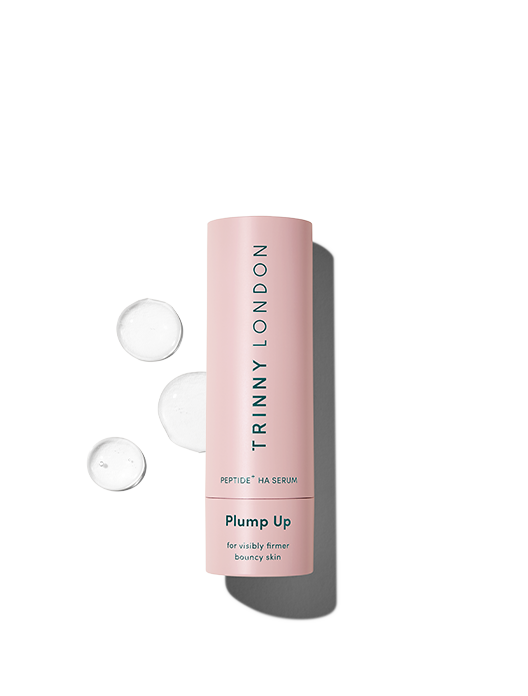
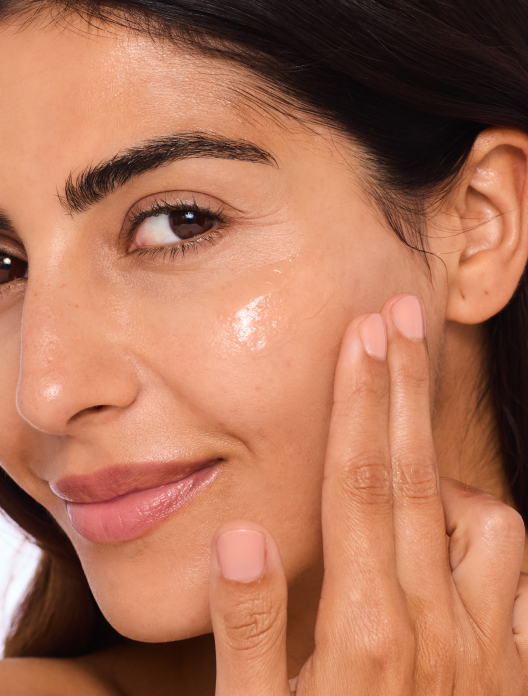
Plump Up
Peptid+ und Hyaluronsäure-Serum für sichtbar straffere, prallere Haut, für alle Hauttypen geeignet
Free standard shipping on all orders, for a very limited time only*

Hyaluronic acid is a substance that occurs naturally in our bodies. It can be found in places like the joints, muscles and eyes, but more than half of all our hyaluronic acid can be found in the skin. As we age, those natural supplies start to dwindle, with factors like free radical damage and UV exposure speeding up the process.
It may be an acid by name, but hyaluronic acid isn’t an acid by nature. It doesn’t have the acidity, and therefore the exfoliating properties, of well-known acids like glycolic, lactic or salicylic.
Hyaluronic acid is a real hero hydrator. It does a brilliant job of attracting moisture from the atmosphere, with a single molecule able to hold up to 1000 times its own weight in moisture. Once it’s got that moisture, its humectant properties mean it holds onto it, keeping it where it’s needed. Consider it a big, greedy glug of water for parched skin.
Need a way to visualise it? Think of skin that’s low in hyaluronic acid like a sponge that has been left out on the side. It’s dry, inflexible and doesn’t have any spring or bounce. If you drip water onto that sponge, it will soak it up and quickly change in texture and appearance. A sponge that has been saturated in water will be soft, plump and elastic, with lines and wrinkles plumped outwards – just like well-hydrated skin.
If you want to dive a little deeper into the science, hyaluronic acid does have another benefit too. Some types work as signalling molecules, promoting the production of more hyaluronic acid and skin-plumping collagen within the skin.
There are different types of hyaluronic acid. On the INCI list hyaluronic acid will be most commonly listed as one of the following:
Hyaluronic acid
Sodium hyaluronate: This is the salt of hyaluronic acid and often chosen as it is easy to formulate with.
Hydrolyzed hyaluronic acid: Hyaluronic acid is composed of long chains of sugars. In its hydrolyzed form, these chains have been cut into smaller pieces.
Sodium hyaluronate crosspolymer: This form of hyaluronic acid creates a net-like structure which slowly drip-feeds water into the skin.
Hyaluronic acid also comes in different sizes, referred to as high and low molecular weights. The higher weight molecules are largest, meaning they cannot penetrate as deeply into the skin, working more on the very surface levels. Low molecular weight molecules are much smaller, allowing them to sneak further into the skin.
Picture it like trying to get from A to B during rush hour. A car will only be able to go so far before hitting traffic, whereas a motorcycle is smaller so can weave between cars to get to where it needs to go.
Frustratingly, there is no real way to tell the molecular weight of hyaluronic acid from the ingredients list. Instead, you need to rely on a product’s marketing to tell you. As a rough guide, if you’re looking for a quick fix and superficial hydration, go for a product that uses sodium hyaluronate, hyaluronic acid or sodium hyaluronate crosspolymer. For a plumping effect and to stimulate collagen, hydrolyzed hyaluronic acid is a good choice as it has been broken down into smaller pieces.
A lot of skincare ingredients feel like they come with a built-in rulebook, but hyaluronic acid doesn’t have the same caveats as actives like retinoids and vitamin C. It’s not especially sensitive to light so can be applied in the morning or evening and as regularly as twice a day, every day.
Hyaluronic acid also plays nicely with other ingredients, both if you’re layering or using a sophisticated, all-in-one formula. If you’re going down the layering route, work from lightest to heaviest in terms of texture – which means water-based hyaluronic acid will always come before anything oily. This will not only give it the best chance of penetrating the skin (as it won’t have to battle through oil) but improve the efficacy of your other products, as everything works better when skin is hydrated.
To really max out on hydration, apply your hyaluronic acid to damp skin or before a steamy shower or bath to draw in moisture. The only places you shouldn’t apply hyaluronic acid are where there is limited water in the atmosphere, like on an aeroplane or in the desert. This is as if moisture isn’t freely available, hyaluronic acid will take water from the deeper levels of the skin.
All skin types can benefit from the addition of hyaluronic acid to their routine, but those with dehydrated skin will see the biggest improvement.
Shop the article


Peptid+ und Hyaluronsäure-Serum für sichtbar straffere, prallere Haut, für alle Hauttypen geeignet
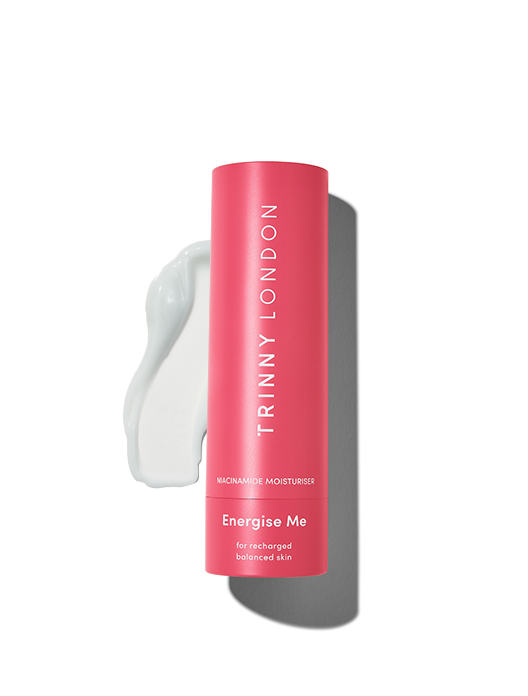
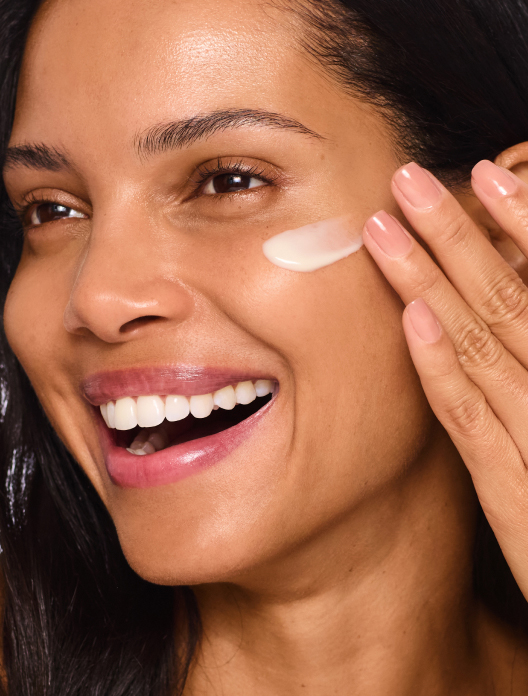
Niacinamid-Feuchtigkeitscreme für geklärte, revitalisierte Haut, für normale bis fettige Haut geeignet
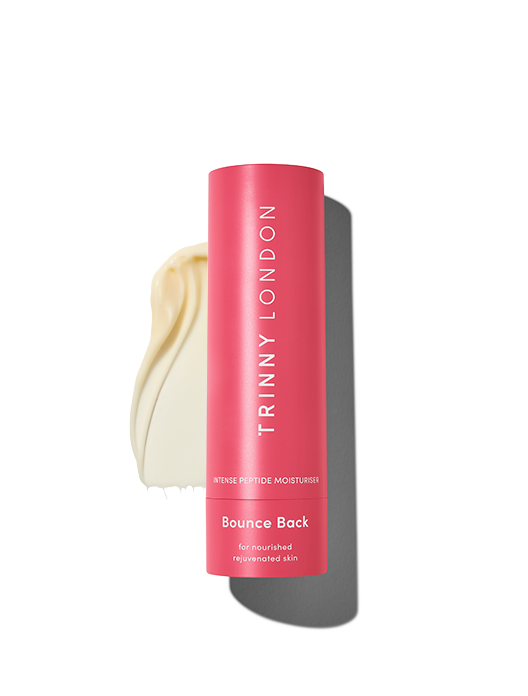
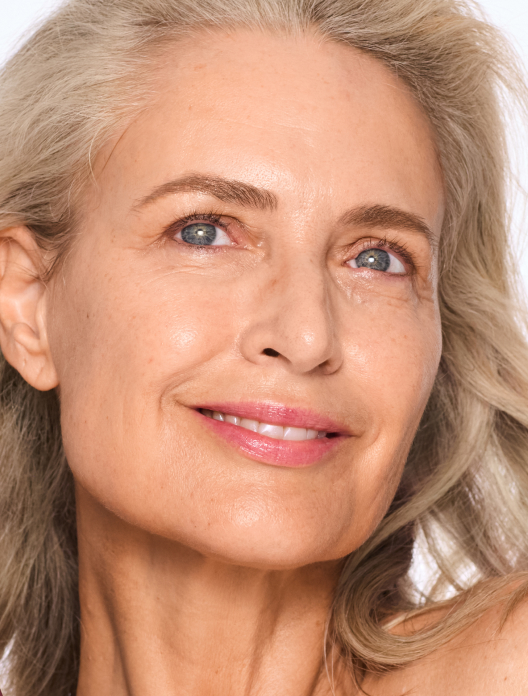
Intensive Peptid-Feuchtigkeitscreme für pralle, elastische Haut, für normale bis trockene Haut geeignet